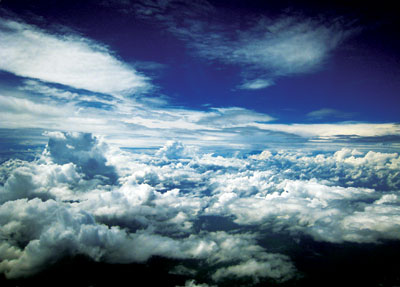All Nonfiction
- Bullying
- Books
- Academic
- Author Interviews
- Celebrity interviews
- College Articles
- College Essays
- Educator of the Year
- Heroes
- Interviews
- Memoir
- Personal Experience
- Sports
- Travel & Culture
All Opinions
- Bullying
- Current Events / Politics
- Discrimination
- Drugs / Alcohol / Smoking
- Entertainment / Celebrities
- Environment
- Love / Relationships
- Movies / Music / TV
- Pop Culture / Trends
- School / College
- Social Issues / Civics
- Spirituality / Religion
- Sports / Hobbies
All Hot Topics
- Bullying
- Community Service
- Environment
- Health
- Letters to the Editor
- Pride & Prejudice
- What Matters
- Back
Summer Guide
- Program Links
- Program Reviews
- Back
College Guide
- College Links
- College Reviews
- College Essays
- College Articles
- Back
Jet Streams: What Would the World be Without Them.
Do you know what a jet stream is? Jet streams are narrow channels of fast-moving winds blowing from west to east that are very important to life on Earth. In this essay you will learn, where the jet streams are located according to their altitude and latitude, how they are formed, benefits and downsides, and, most importantly, how they affect the weather. Let’s start off with more details on what a jet stream is.
As I mentioned before, jet streams are channels of wind blowing east, these winds can move at “160 to 240 kilometers per hour (100 to 150 miles per hour) in the summer and can reach speeds of 400 kilometers an hour (250 miles per hour) during the winter” (Deziel). The channel of winds has a width of a few hundred miles and the thickness of less than three miles. So, where are these jet streams?
According to latitude their positions change according to the seasons, for instance, the jet streams during the summer stay more towards the pole, and in the winter move more towards the equator. The polar jet stream, in the northern hemisphere, is usually found in 30 degrees to 60 degrees latitude and the subtropical jet stream can be found at 30 to 40 degrees latitude. These jet streams have an altitude of 19,800 meters (65,000 feet) at the equator and 7,000 meters (23,000 feet) above the poles in the winter, but it can vary. How do jet streams affect commercial air flights, with such fast winds wouldn’t it be dangerous? (Deziel).
Yes, jet streams can be dangerous because of their fast winds, but sometimes they are beneficial. If a commercial airplane is traveling west to east, it can take advantage of the jet stream and get a huge boost of speed which saves them time and fuel. In fact, a lot of airplanes fly at lower or higher altitudes to use the jet stream’s speed. One downside of flying in the jet streams is that they can cause turbulence. Now, turbulence isn’t as dangerous as everyone thinks it is, but the reason pilots avoid turbulence is because it is annoying, especially on commercial flights. If flying west ward though, the jet stream would slow the plane down considerably and the fuel would run out faster.
So how do jet streams affect the weather? The bands of wind push air masses around affecting weather patterns and bringing other weather systems to different places. They separate cold air from warm air making a country, like the U.S., different temperatures and weather forecasts at the same time. Jet streams are typically used to predict the weather, but they follow curvy paths, making it difficult and sometimes cause the forecasts to be wrong because of how unpredictable the jet streams can be. But these streams are weakening and changing, climatologists think this is due to global warming. Because of this the curves in a jet stream are more extreme, therefore, bringing more weather systems to other places that don’t usually have that type of weather. To show how important the jet streams are to weather and climate, let me tell you what would happen if they stopped. "The whole pattern of global temperatures would be different, with the air cooling much more gradually across the latitudes. One of the clearest features of Earth’s climate, the striking temperature difference between equator and poles, would be gone” (Woollings).
In conclusion, jet streams are fast moving winds in bands that wrap around the world in both hemispheres, they are beneficial, they affect the weather across the world, and are vital for Earth’s climate and weather system.

Similar Articles
JOIN THE DISCUSSION
This article has 0 comments.
